The Allahabad Fort is a magnificent piece of architecture that was constructed in 1583 during the reign of Mughal Emperor Akbar. The magnificent building is on the banks of the confluence of the Ganga and Yamuna rivers and is famed for being Akbar's greatest fort.
Thousands of visitors visit this well-known destination each year, drawn not just by its historical significance but also by its architectural splendor. However, it should be noted that, sadly, the general public does not have access to Allahabad Fort. Tourists are only permitted inside during the Kumbh Mela, which occurs every 12 years. Nonetheless, the monument's magnificent architecture and colossal construction, which stands proud on the banks of the two rivers' confluence, is a sight to see!
The Archaeological Survey of India manages the Allahabad Fort, which is of great historical value. The fort is also famed for its Akshayavat Tree (Banyan Tree), which was allegedly used by villagers to commit suicide in order to obtain salvation, according to tradition. Those wishing to witness the Akshayavat Tree must enter through a tiny gate that leads to only the area inhabited by the majestic tree. The Patalpuri Temple, which is claimed to house all the gates of hell, is also located in Allahabad Fort. The best way to see the Allahabad Fort from the outside is to take a riverboat cruise at sunrise or dusk.
History of Allahabad Fort
According to a legend, Akbar was told that in his previous life, he was a Hindu hermit. He, once, consumed a cow's hair mistakenly while drinking milk. According to his religion, this act was punishable and he, hence, committed suicide. In his next birth, he was born a non-Hindu and was drawn towards the sacred confluence of the two major rivers of India, Ganga and Yamuna. It was said that this obsession pushed him to get the Allahabad Fort built at that location.
When Akbar became Emperor, he discovered that a large Banyan Tree had been used to commit suicide. To put an end to the practice, he planted a tree on the grounds of the fort. Furthermore, constructing the fort was not as simple as they had anticipated. The foundation would sink in the sand on the river's banks every time they erected it. To complete the ceremony and break the curse, Akbar was instructed to sacrifice a person. The fort was built without incident after a local Brahmin willingly sacrificed his life. The Brahmin family is claimed to have offered exclusive service privileges to pilgrims visiting the region.
Architecture of Allahabad Fort
The Allahabad Fort consists of massive walls, towers, a temple and a large palace. There are three gateways to enter and exit the fort. The interior of the Palace has been decorated with Hindu and Muslim artistry. The temple inside the fort premise is an underground temple that can be accessed by a small entry in the eastern wall of the fort. The famous Akshayavat tree is also on the premise near the Patalpuri Temple. There is also a 10 metre tall Ashoka Pillar that was installed in 232 BC that has the inscription of Emperor Jahangir.
Nearby Attractions
Because the fort lies close on the banks of the Yamuna, near to Sangam, you can easily combine a visit with a plunge in the holy waters in the early morning. Right near to the fort is the (locally) famed temple of "Bade Hanuman Ji," which boasts an amazing moorti depicting Lord Hanuman in a completely reclining pose.
How to Reach Allahabad Fort
The Allahabad Fort is adjacent to the point where you may take boat trips to the Triveni Sangam, which is the city's primary tourist attraction, and is so well linked. To get to the fort, you may take a taxi or a rickshaw from practically anyplace in the city. The Allahabad Jn Train Station is the nearest railway station to Allahabad Fort, which is 5 kilometers distant. Taxis/autos may be booked from the stations to go to the Fort.
Built by : Mughal Emperor Akbar
Time Required : Less than 1 hour
Entry Fee : Entry not allowed - the fort is under army possession. It is open to the public only during the Kumbh Mela



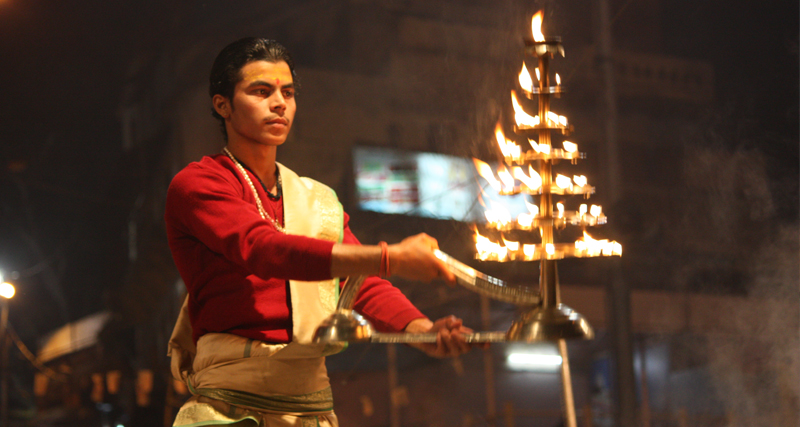
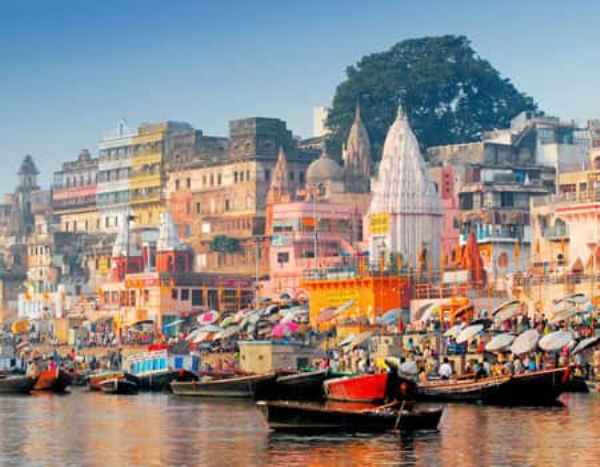
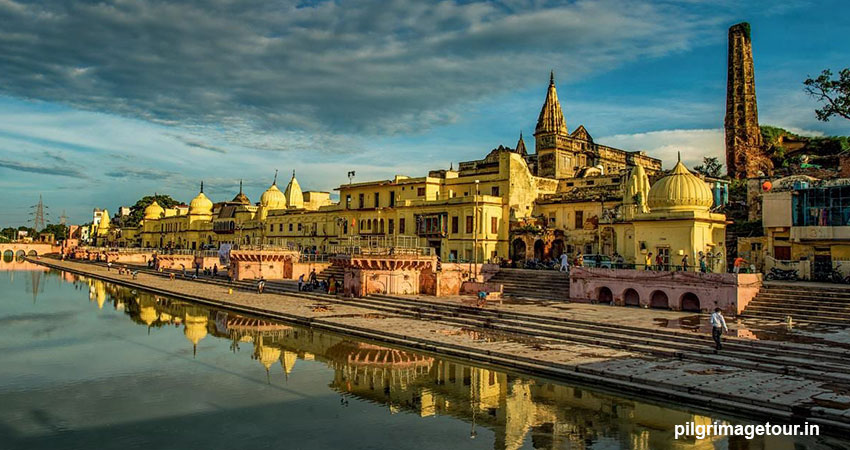
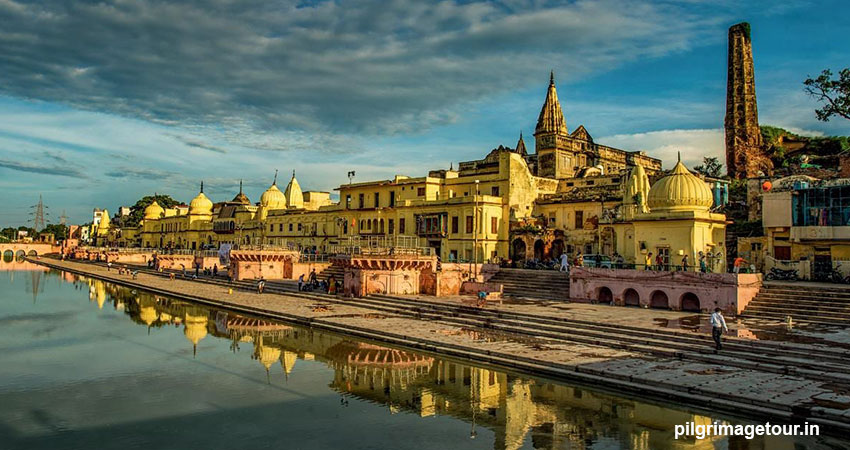
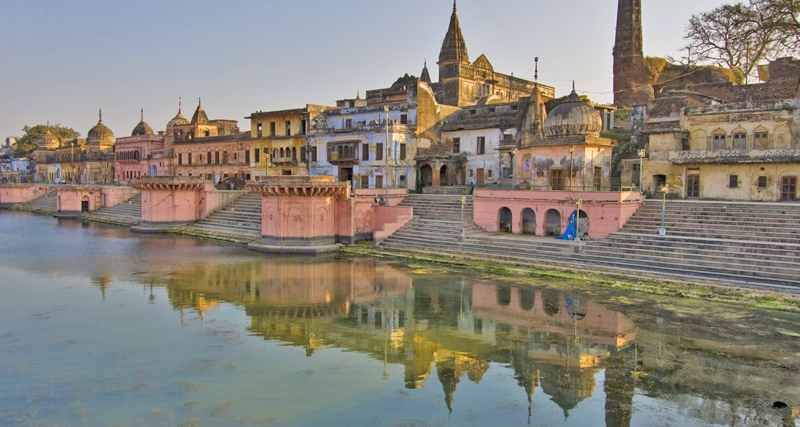
 +91-7303039611
+91-7303039611